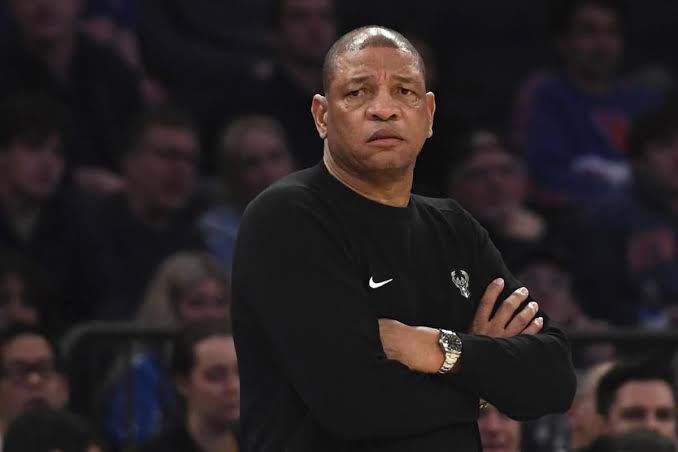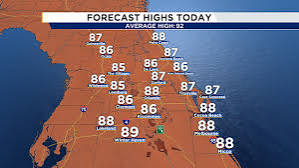
Winter Storm Havoc: Bucks Arrive in Milwaukee Just in Time for Game After Travel Turmoil
The Milwaukee Bucks faced a daunting challenge recently when extreme weather threw their travel plans into chaos. Stranded in New Orleans due to a winter storm, the team’s departure was delayed until weather conditions improved. When they finally took off, the Bucks landed in Milwaukee just three hours before tipoff, arriving at the arena with only two hours to prepare. This left no room for their usual pregame routines, forcing the team to adapt on the fly.
This incident underscores the vulnerabilities inherent in the intersection of sports and travel. Even high-profile professional teams are not immune to the disruptions caused by unpredictable winter storms. As extreme weather events become more frequent, the travel and tourism industry faces mounting pressure to find solutions that minimize such upheavals.
For fans, watching the Bucks hit the court after such an exhausting ordeal was a testament to the resilience of athletes. However, the situation raises critical questions about how sports organizations and the travel industry can better coordinate during extreme weather events. Could earlier departures or alternative routes have avoided this disruption? Should contingency plans be standard practice for teams during high-risk travel periods?
The NBA is no stranger to adjusting schedules for unforeseen circumstances, but the Bucks’ snowy saga highlights just how precarious winter travel can be. This disruption is more than a sports story—it serves as a stark reminder of the broader impact that severe weather has on travel, tourism, and logistics.
As the travel industry grapples with the growing challenges posed by winter storms, stories like this illuminate the lengths to which teams go to ensure games proceed, no matter the obstacles. For the Bucks, this ordeal was a dramatic example of perseverance, but it also signals a need for broader conversations about how to navigate these challenges moving forward.





